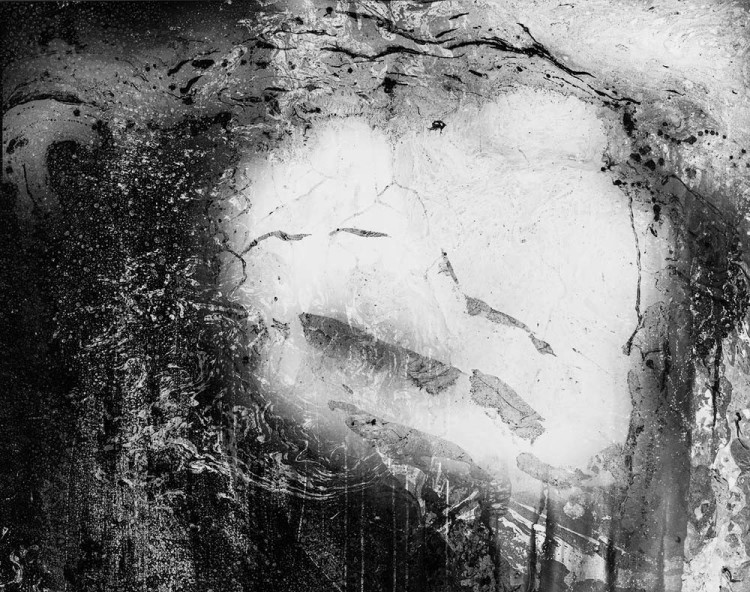Da molto non scrivo un post; questo non è molto grave.
In generale da molto non faccio qualcosa di bello – probabilmente nemmeno qualcosa di buono; questo è già un pochino più grave.
Non fraintendetemi: non che io sia persuaso di aver cosparso il mondo di bellezza fino all’anno scorso; né di averlo redento con la mia bontà. La questione è miseramente autopercettiva. Se fino a qualche tempo fa venivo occasionalmente avvolto da barlumi estetici o mosso da spinte morali, ora mi porto avanti macchinalmente eseguendo quello che devo. Eppure ero partito con lidea di voler fabbricare qualcosa da poter sognare (magari insieme).
Sarà che anche io sono giunto nel mezzo del cammino della mia vita e, a questo punto (al contrario di Altri), la mia fiamma creativa tende a spegnersi.
Quando dico “Altri” non alludo a Dante, in questo caso, ma Thom Yorke, la cui ultima opera mi ha reso consapevole della gravità della mia arsura. L’ultimo brano dei Radiohead, Daydreaming, offre un bagno di suoni provenienti da una molteplicità di fonti (acustiche e spirituali). La conclusione del testo è costituita dalla ripetizione distorta di una frase riprodotta al contrario: “Half of my life” e suggerisce un’immagine del calzante invecchiamento come ritorno e quasi come metempsicosi, piuttosto che come decadimento.
Nell’incapacità di produrre del bello mi limito a renderlo magari piú accessibile fornendo qui sotto una mia traduzione del testo ed un link al surreale (e dierei anche surrealistico) video che rende onore al brano.
| Dreamers: they never learn!
Beyond the point of no return. And it’s too late, the damage is done. This goes beyond me, beyond you. The white room by a window where the sun comes through. We are ‒ just happy to serve ‒ You .efil ym fo flaH |
Sognatori: non impareranno mai!
Oltre il punto di non ritorno. Ed è troppo tardi, il danno è fatto. Questo va al di là da me, al di là da te. La camera bianca da una finestra attraversata dal sole. Siamo ‒ semplicemente felici di servire ‒ Te. .ativ aim alled ateM |


